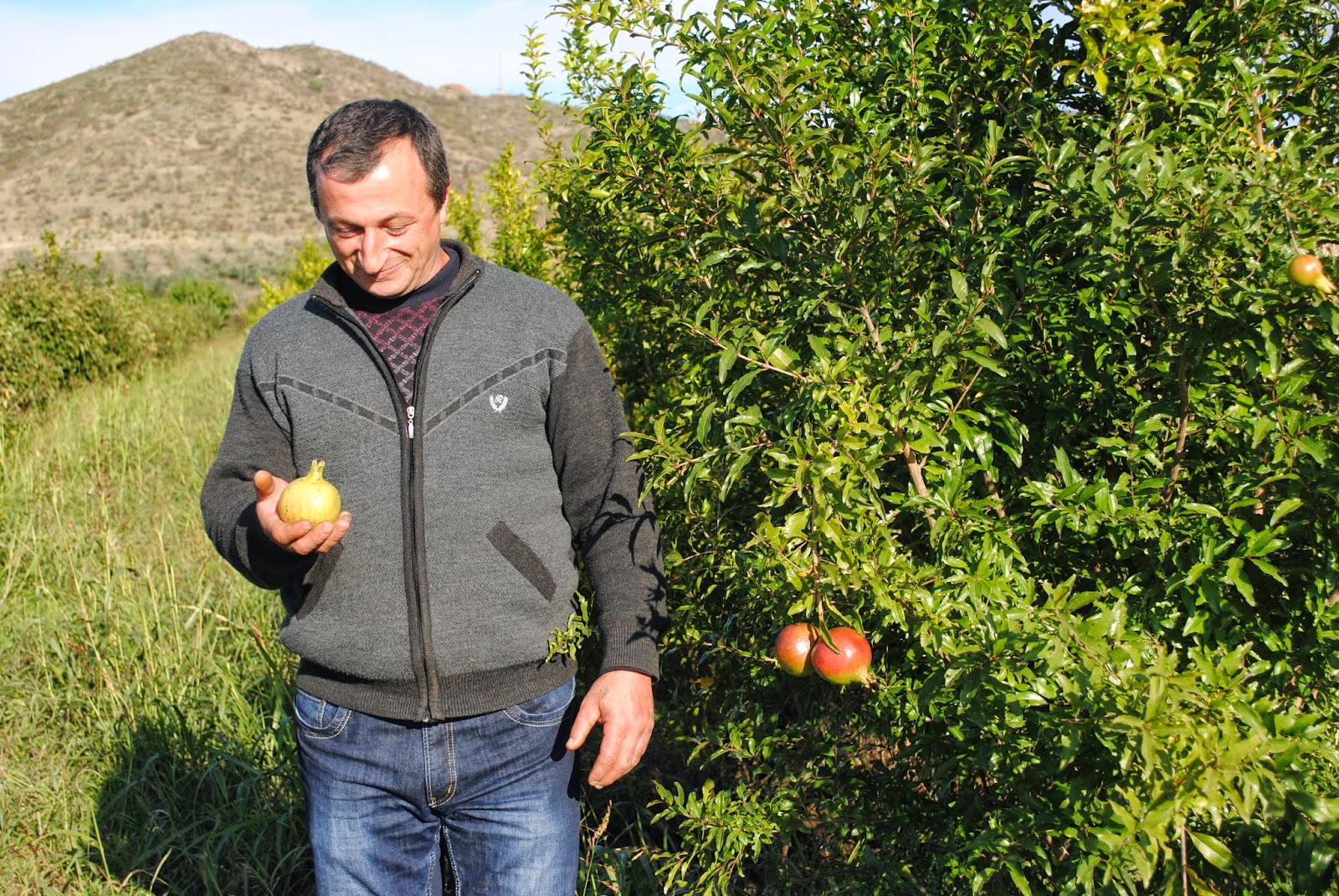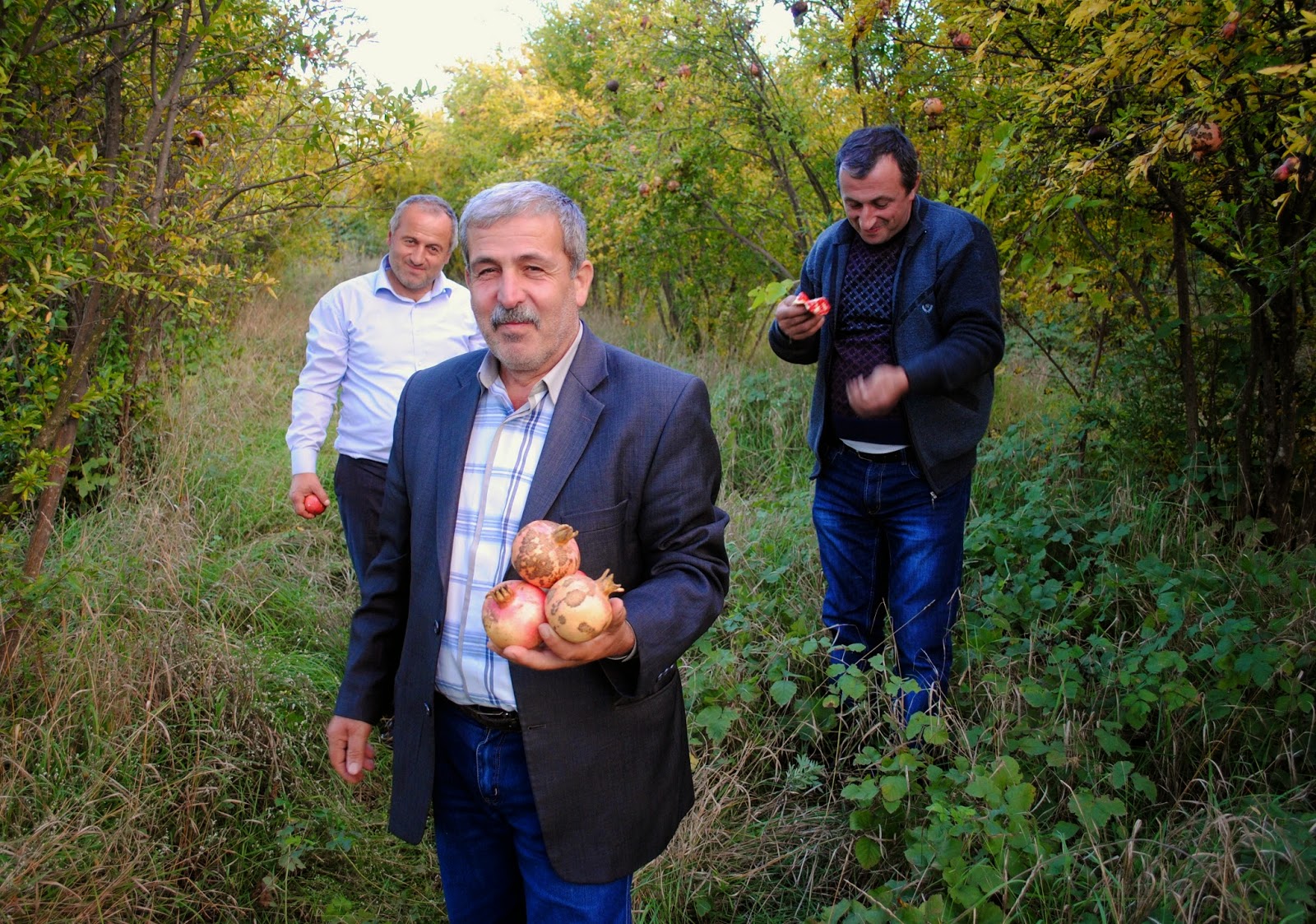Fernando J. Pulido Diaz is a professor
at the University of Extremadura (Plasencia) who has been doing research for
years on the Dehesa.
This is a savannah landscape, typical of the South West of Spain and the South
East of Portugal – where it is referred to as Montado. Quite a surprising landscape for most northern Europeans.
It is one of the largest agroforestry systems in the world, covering 2,3
millions of hectares in Spain and 0,7 millions in Portugal, dominated by Quercus ilex/rotundifolia (Holm oak) and Q. suber (Cork Oak), depending on soil
characteristics. An amazing habitat for wildlife, it also involves a complex
cycle of agricultural practices. Fernando Diaz has accepted to answer a few
questions.
A. G.
Fernando, what do we know about the origins of this landscape? Did it evolve
out of dense forests where Quercus
were the only climacic species? Why did local communities not mix dense forests
with fully cleared arable land instead of moving extensively to the more intermediary
agricultural Dehesa landscape? And where does the word “Dehesa” come from?
F. P. Iberian oak forest have been cleared by human
populations since the Neolithic, but dehesas as a systematic type of land use
dates back to the early Middle Age, when the word “dehesa” (from the latin “deffesa”) also
implies a legal status for grazed lands which were defended from uncontrolled
use. Oak trees were retained because they increase forage, acorn and firewood
production.
A. G. Are the origins similar for the Portuguese Montado and for the equivalent
landscapes that exist in California?
F. P. California oak woodlands have been managed by
natives for millennia but with a much less intensive use because they did not
practice livestock husbandry nor tree thinning or pruning. The
origins of the montado apparently differ from the dehesa because of the greater
importance of cork in Portugal.
A. G. In the Dehesa, the holm oaks are pruned, a bit
like fruit trees in orchards. What are the rhythm and functions of such
pruning?
F. P. Quite surprisingly, there are not conclusive data
of the effect of pruning on acorn production. Therefore, the main benefit is
firewood. Pruning was performed every four year (matching the cycle of cereal
crops) in the traditional dehesa system (before 1960). Currently, pruning does
not follow a specified time schedule and it is performed according to firewood
demands.
A. G. Nowadays, one often hears that this landscape is
under threat. Is this true? And if so, what are its causes? Too deep ploughing?
Too intense grazing? New mushrooms? New Insects? Climate change?
F. P. Yes, it is certainly true mainly because of tree
regeneration failure and tree diseases. In general, the system is now used much
more intensively due to a three-fold increase in stocking rates as compared to
traditional levels.
A. G. One interesting finding seems to be that
when Holm Oaks are grown in less dense formation, they can stand the drought
better than in denser formations, which is crucial in the long summers of the
south of Spain and Portugal.
F. P. Yes, our research group and others has provided
evidence of increase tree vigour in low-density stands, and this affects growth
and acorn production, being the result of decreased competition for water resources.
A. G. Can you tell us a bit more about your idea of conceiving
a sustainable Dehesa in terms of a mosaic managed in a dynamic way - what
Blondel would perhaps refer to as a metaclimacic system?
F. P. As Dehesa is a kind of wood pasture, tree
regeneration is inherent to its definition and it can only be achieved by
reducing or eliminating livestock impact in some parts of the farm in which
natural vegetation is allowed to increase. This is the basis for a mosaic of
plots with different grazing intensities.
A. G. Among the possible principles for a more
sustainable agriculture are the following two. First, we should try to raise
less livestock and go more vegetarian, which would lead to less energy input for
the same amount of calories, less methane emissions, etc. Second, we should
move towards cultivating perennial plants – including cereal crops – rather
than annual ones, that require much more input. Could Dehesas be preserved if
we were to follow these two principles? Pasture surfaces would probably have to
be reduced and we would probably need to focus more on the shrub stage,
experimenting mixes of large oaks and smaller fruit shrubs and bushes such as
feijoa, pomegranate, or even small almond or carob trees that are especially
drought resistant. Have there been interesting experiments in that direction,
transforming Dehesas into a new type of forest gardens somehow?
F. P. Fruit trees have not generally been introduced in
dehesas because of soil/water limitations. Among the potential candidates,
pistachio trees is probably the best and some parcels have been planted in the
last few years. However, our group is leading a project promoting the use of
oaks as fruit trees. In fact, oaks have been pruned in a way similar to fruit
trees. Certain acorn varieties can be marketed as snack or processed food
(including beverage) and in the future this will provide additional income to
landowners.
A. G. Have there also been experiments either to use
holm oaks for other functions (e.g. edges) or to mix holm oaks in a Dehesa
Savannah with other large tree species? I am thinking about Californian oaks,
Q. canariensis or even non-oak species such as Carob or Fig trees for instance.
One feature of the Dehesa is that it looks like a vulnerable monoculture of
oaks that could perhaps gain from some diversification while preserving its
general structure. With other large tree species that could stand the same
pruning methods, that would have deep roots as well, and fruits that are more
edible for humans than acorns, etc.
F. P. Yes, dehesa is a vulnerable open forest, but
there it is also the result of soil traits limiting cultivation. The problems
here are (1) the high investment needed in the plantations you suggest at a
large scale, (2) the chance for farmers to get benefits from traditional practices
(though with moderate to low profitability), and (3) the cultural inertia of
historically grazing systems. In
addition, any landscape change derived from cultivation should be assessed for
its negative effects on biodiversity.
A. G. What would your main advice be to someone in
charge of a few hectares of Dehesa who would want to contribute to its
preservation through methods that are neither costly, nor heavy to put in place? And is there one pilot project that you would recommend
every Dehesa and Montado amateur to visit?
F. P. Dehesas, by definition, are large farms over
50-100 hectares. You cannot manage a few hectares as dehesa in a profitable way
unless you introduce a number of complementary uses such as agrotourism and
cropping in case the soil is appropriate. Two examples of interesting pilot
projects are the Herdade do Freixo do Meio (on the portuguese side) and Casablanca (on the Spanish one).
A. G. Many thanks, Fernando

























